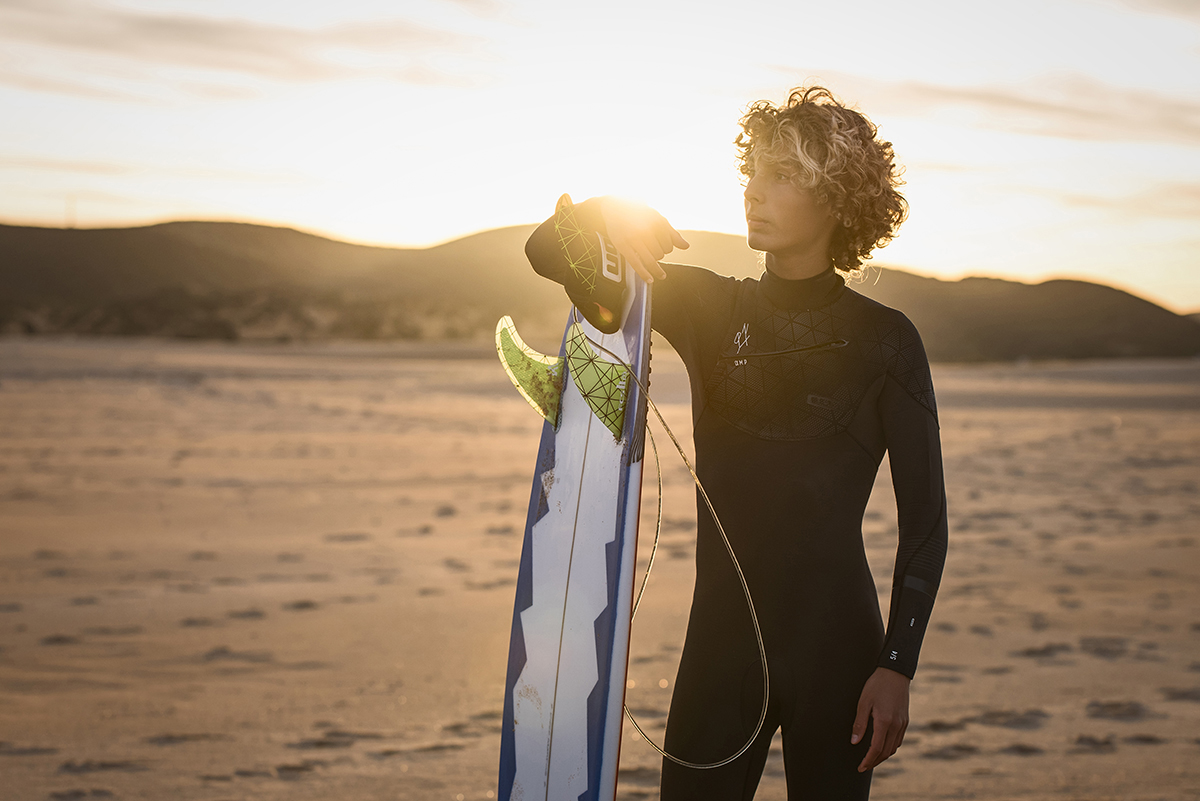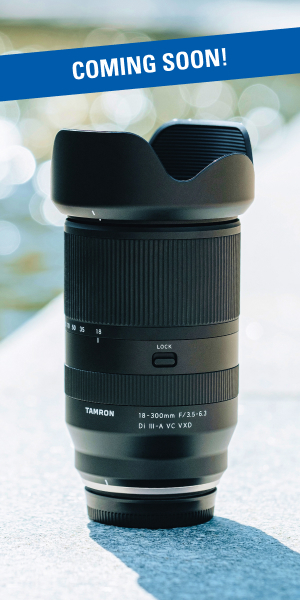A ‘cinematic look’ in video and photography refers to an aesthetic that emulates the visual quality and emotional impact of motion pictures. This involves a combination of visual elements that create a film-like appearance, making the images more engaging and evocative.
If you’ve ever wondered how to get a cinematic look, it often requires careful attention to various factors, including lighting, composition, and, crucially, the choice of lens. Tamron lenses are renowned for their exceptional quality and versatility, making them ideal for cinematic photography. In this blog, we will explore how you can use Tamron lenses to achieve stunning cinematic imagery.
In This Article, You Will Learn:
- Achieving a cinematic look involves a shallow depth of field, dramatic color grading, and using a wide aspect ratio.
- The Tamron SP 24-70mm F/2.8 Di VC USD G2 lens offers excellent low-light performance and versatility for cinematic photography.
- The Tamron SP 35mm F/1.4 Di USD provides stunning bokeh and a natural perspective ideal for film-like images.
- Using manual focus and smooth camera movements can enhance the cinematic quality of your shots.
- Experimenting with different lighting setups and Tamron lenses can elevate your visual storytelling to new heights.
Characteristics of Cinematic Imagery
Several key characteristics define the cinematic look:
Depth of Field
A shallow depth of field, which creates a beautiful bokeh effect, is a hallmark of cinematic imagery. This technique isolates the subject from the background, drawing the viewer’s attention tot he focal point and adding a sense of depth to the image.
Color Grading
Color grading involves adjusting the colors in your photos or videos to achieve a certain mood or tone. Cinematic color grading often includes rich, deep colors and high contrast, giving the images a dramatic and polished look.
Aspect Ratio
The aspect ratio plays a significant role in the cinematic feel. While the standard aspect ratio for photos is 3:2 or 4:3, a more cinematic ratio like 16:9 or even 2.35:1 can give your images a widescreen, film-like appearance.
Recommended Tamron Lenses
To achieve cinematic photography, choosing the right lens is essential. Here are some Tamron lenses that are well-suited for creating cinematic images:
Tamron SP 24-70mm F/2.8 Di VC USD G2

This versatile zoom lens is perfect for a wide range of shooting scenarios. The constant f/2.8 aperture provides excellent low-light performance and a shallow depth of field. Its Vibration Compensation (VC) technology ensures sharp, stable shots, even when shooting handheld.
Tamron SP 35mm F/1.4 Di USD

The 35mm focal length is a classic choice for cinematic photography, offering a natural perspective that closely mimics human vision. The wide f/1.4 aperture allows for stunning bokeh and exceptional low-light performance, making it ideal for creating dramatic, film-like images.
Tamron SP 70-200mm F/2.8 Di VC USD G2

For capturing cinematic close-ups and portraits, the 70-200mm lens is an excellent choice. Its telephoto range and wide aperture enable beautiful background blur and subject isolation. The Vibration Compensation system ensures that your shots remain sharp and steady.
Shooting Techniques

To make the most of Tamron lenses and achieve a cinematic look, consider the following shooting techniques:
Focus Techniques
Using manual focus can give you more control over your shots, allowing you to achieve precise focus and create intentional focus shifts. Focus peaking, available on many cameras, can assist in achieving sharp focus.
Movement
Incorporating movement into your shots can add a dynamic, cinematic quality. Using a gimbal or slider can help achieve smooth camera movements, such as panning or tracking shots. Additionally, handheld shooting with stabilization can create a more organic, immersive feel.
Lighting
Good lighting is crucial for cinematic photography. Soft, diffused lighting can create a more natural look, while backlighting can add depth and drama. Experimenting with different lighting setups, such as using practical lights within the scene, can enhance the cinematic quality of your images.
Final Thoughts on How to Get a Cinematic Look

Achieving a cinematic look in both video and still photography involves a combination of the right equipment, techniques, and creative vision. Tamron lenses, with their superior optics and versatile features, are well-suited for this purpose. By understanding the characteristics of cinematic imagery, selecting the appropriate lenses, and employing effective shooting techniques, you can elevate your cinematic photography to new heights. Encourage yourself to experiment with different settings and styles and discover how Tamron lenses can enhance your visual storytelling.
Learn more about lenses at an authorized Tamron dealers in your area or visit the TAMRON Store today.

